
by Kay Spare Login | Jul 3, 2023 | be well, brain aim, kids, mental health, mind-body, resilience, work well, workingwithkids
Do you have your own definition of good mental health? Have you ever thought about this? What are your guiding principles?
According to the UK Mental Health Foundation, good mental health is:
- The ability to learn
- The ability to cope with AND manage change and uncertainty
- The ability to form AND maintain good relationships with others
- The ability to feel, express and manage a range of positive AND negative emotions
In which of these areas do you excel? And which one needs some development? Does this resonate with you?
I’m a big fan of wellbeing personal audits since all of these ‘abilities’ once brought to your conscious awareness, can be trained, and refined. Accountability helps balance the current trend of victimhood.
You probably know how important it is to get clarity about the future you are aiming your brain towards. Aiming your mind and body towards better mental health seems like time well spent, don’t you think?
With that in mind, I’ve adapted the MHF definition into an easy exercise to help you do review your own needs. I suggest you write out your answers as it has a stronger imprint on the sub-conscious mind.
- Is learning new things important for you? Is it easy? What would make it easier?
- How adaptable are you to change and uncertainty? Where in your life, would you like to grow more flexibility and how would the ‘future you’ benefit from doing this?
- Do you easily form new relationships? And how do you nurture longer term relationships? Where could you better connect with others?
- Are you comfortable with your full range of emotions? With which emotions do you need to get more comfortable? Which ones do you want more of and which ones do you need less of?
- Are you being the best you can be so that any time, any place anywhere you shine? Which aspects of your personal growth do you prioritise?
Is your ‘north star’ shining from the constellation called thrive?
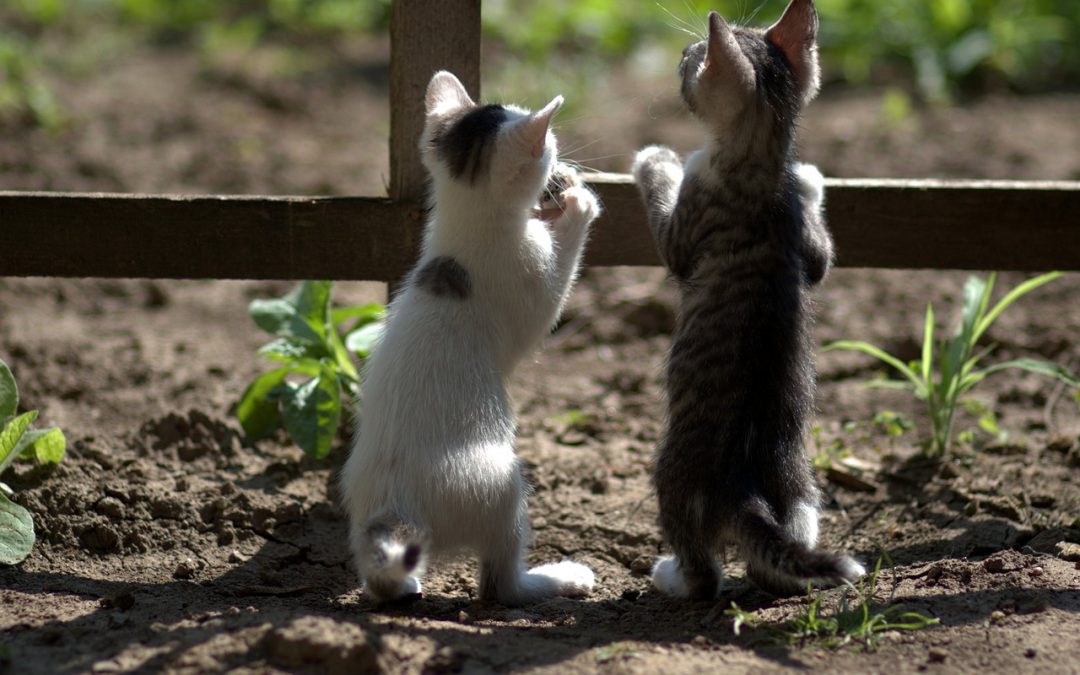
by Kay Cooke | Apr 1, 2023 | be well, mental health, mind-body, neurology, next generation, NLP, parenting, parents, psychology, resilience, workingwithkids
“I’m bored.”
Means “I don’t know what to do”?
Which implies “I need to know what to do”?
And therefore “please help me to avoid this feeling of uncertainty.”
TIME is the commodity and EMOTION is the currency; when we have time, we want to fill it will good feelings. And we can.
Yet a cruel outcome of fast-fix good feelings is ‘learned helplessness (“I’m bored – fix my feelings”)’ nourished by passive feel-goods like TV, social media, sugar, alcohol …
Phew!
Anxiety is dissolved by passive feel-goods. But not for long because we never resolve the nagging feeling that we dislike ‘that boredom space’.
Such a shame!
So many people feeling miserable and trapped within the solutions of quick-fixing profiteers.
Because!
Our brains are so easily trained, wired and re-wired.
Rewired by passive learning (the less aware we are of the boredom programming, the easier the acceptance).
Rewired by active learning and creative engagement with boredom to experience new and novel handling of uncertainty:
problem solving – how will I make that old sofa more comfortable?
creation – what kind of meal can I make out of these ingredients?
imagination – what will my garden look like if I dig up the flower bed?
experimentation – which windowsill has best suited my house plant?
exploration – let’s visit that woodland walk I heard about.
discovery – which food upset my digestion?
role play – how does it feel to pretend to be like my favourite calm person?
learning – which thoughts motivate me most?
Boredom!
Provides training ground for THRIVING through adapting and adjusting to difficulties and disappointments. Thriving brains know more conscious CHOICES.
Boredom!
Also provides training ground for SURVIVING through having our attention controlled by someone else. Surviving brains revert to auto-pilot and can’t make conscious choices.
Boredom!
Is a curious description of a state of human consciousness where there is space to be trained into helplessness and survival behaviour, or it is a space to build resourcefulness and resilience for a thriving future.
Thrive!
Let your children – and your own inner child – handle boredom actively …
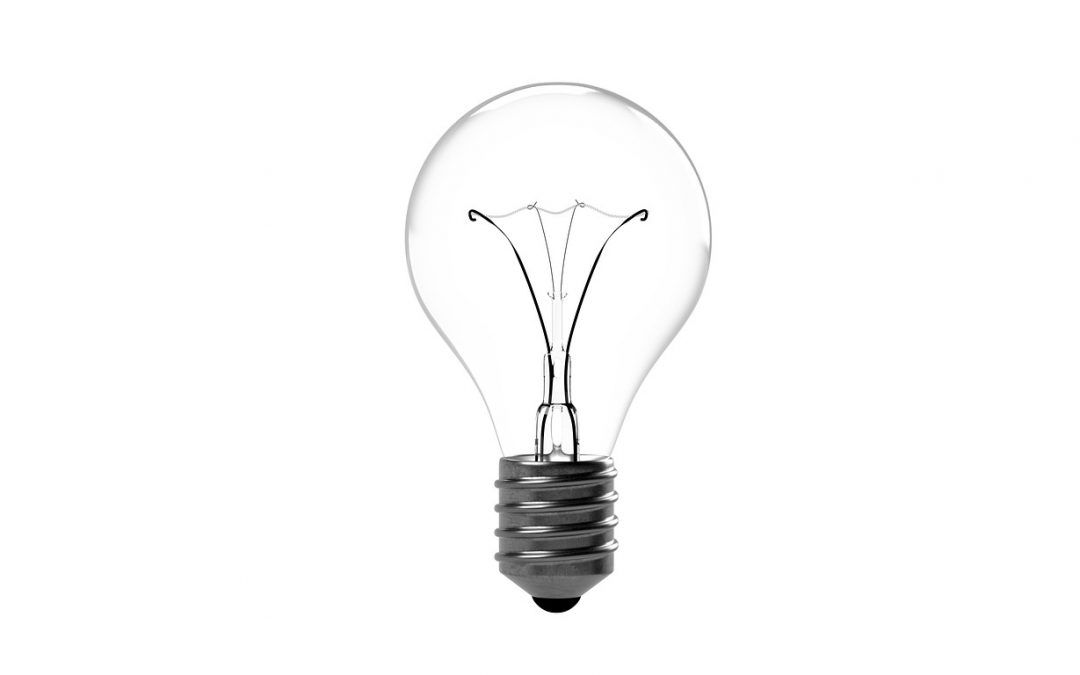
by Kay Cooke | Jan 30, 2023 | be well
“If you always do what you always did, you’ll always get what you always got.”
Henry Ford
Does that make sense to you?
Where are the ‘problem-repeats’ in your life?
You know it’s often easier to notice those patterns in other people’s lives, but when you cast your your mind back through your timeline, which problems keep repeating?
Did you ever try to change them?
Did you ever find a really good coach to help you harness the superpower of imagineering?
Your future starts in imagination – whether you are imagining what you are going to do later today, tomorrow, or next year – you’re setting your brain’s GPS.
We walked on the moon thanks to someone’s imagination. Yet some people terrorise and limit their future selves with wayward imaginineering! And so it needs to be harnessed and handled with precision. NLP is an amazing tool to help you do this easily.
For now, you could start by imagining what would happen if a mysterious force extinguished ‘problem-repeats’ from your world and breathed new life-energy into your life. What differences shine through? What does not change at all?
Imagination is a super skill, learn to use it with super precision. Isn’t it time to shine?
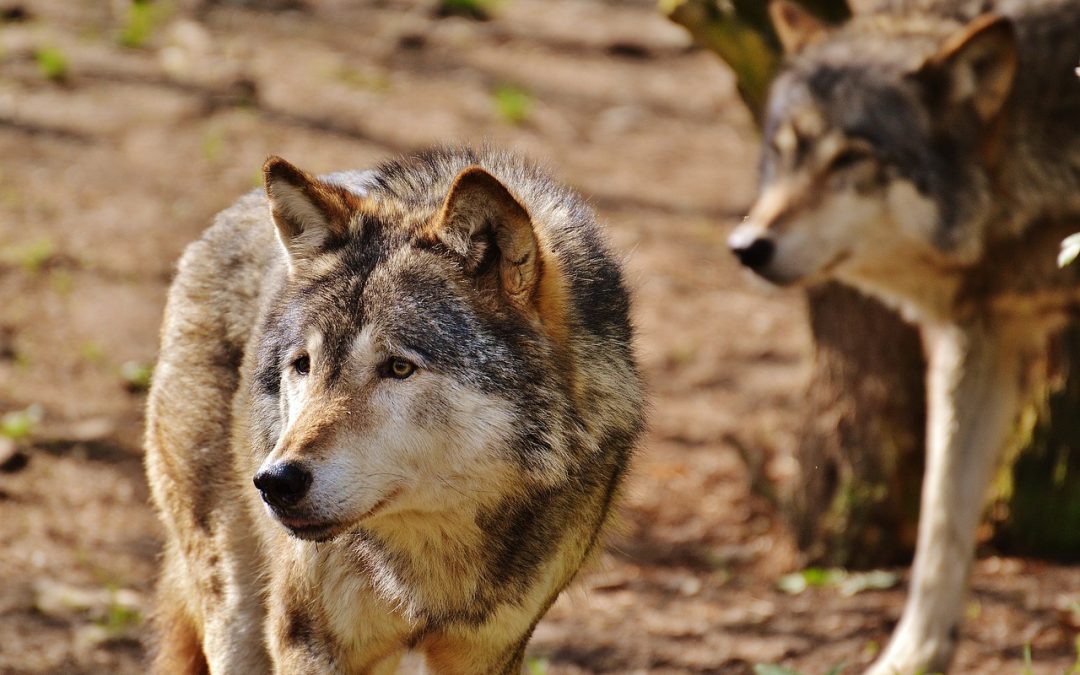
by Kay Cooke | Sep 29, 2022 | be well, mental health, mind-body, psychology, resilience, work well
Balance – it’s in our nature.
In 1995 fourteen wolves were released into Yellowstone National Park.
At first deer numbers drastically reduced and then deer behaviour changed as they moved into areas less visible to the wolves.
In the absence of deer foraging, flowers and trees began flourishing, which led to berries, bugs and insects, which in turn attracted more birds. And then beavers returned, building dams that provided habitat for otters, muskrats, and reptiles. Coyote numbers reduced causing proliferation of rabbit and mice, which in turn attracted hawks, red foxes, badgers, and weasels.
And once a ‘balance’ between predator and prey was established, the park’s physical geography had changed as (previously eroded) riverbanks were now stabilised by the new vegetation.
What’s this got to do with NLP?
Have you ever noticed how the mind’s internal environment can house both predator AND prey? And although people come to us seeking ‘balance’ between work, home, and play, learning to ‘balance’ their internal habitat, always positively affects management of the outside world.
What are the mechanisms for restoring the mind’s habitat to flourishing vitality? Solutions start with awareness of possibility and an attitude of willingness to seek ‘balance’.
To do this we must think on purpose! Because thoughts alone either deplete or nourish brain-body chemistry, which in turn can cause erosion OR restoration of sustainable balances within.
Keep feeding thoughts that nurture thriving, that’s all. This alone will starve what no longer needs to exist in that place.
NLP is a system for sustainable inner balance! Do more of it! And if you can’t easily do it for yourself – do it so that others in your social system may thrive. Humanity is in great need of ‘balance’. And nature teaches us all we need to know.
Discover how we can help you balance your thoughts, feelings and behaviours and change your internal geography: HERE
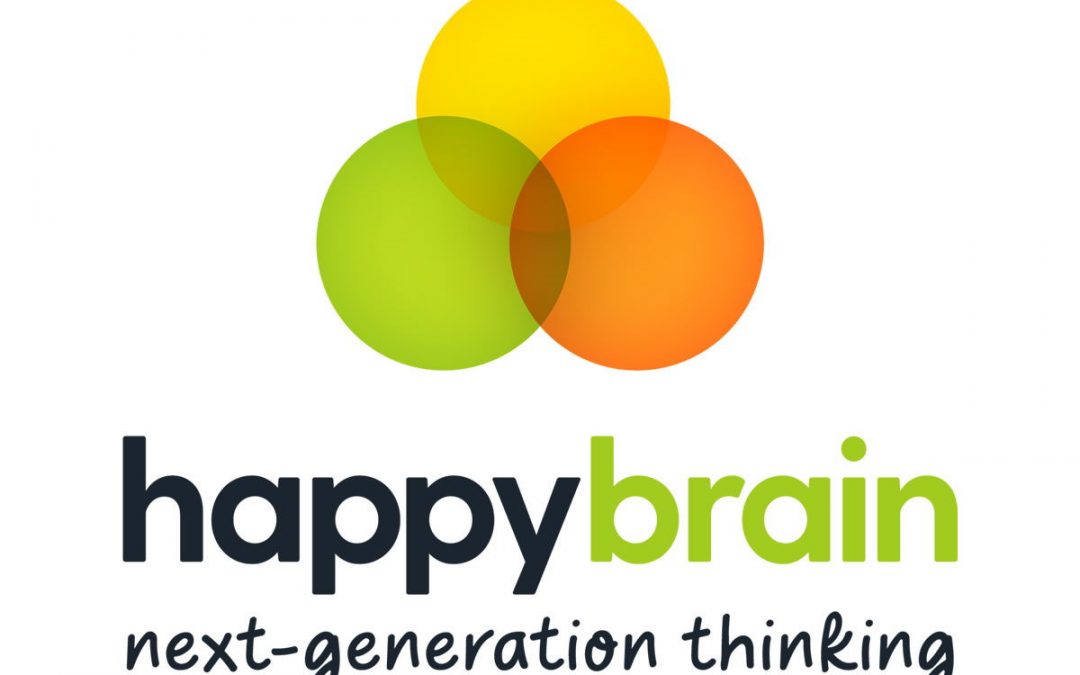
by Kay Cooke | Jan 31, 2022 | next generation
Society talks a lot about mental and emotional health problems but talking is not enough – we need to do at least these two key things to drive change:
- Understand what is happening inside the brain to produce motivation/de-motivation and good decisions/bad decisions.
- Build new strategies for doing mental, emotional, and physical wellbeing and happiness rather than knowing about it!
Join us in Hexham, Northumberland, for the next LIVE 2-day Happy Brain training FEB 12 & 13, 10am – 4pm where you get to step inside the uniquely practical Happy Brain model and discover:
* ‘what’ happens during the processes of thinking
* ‘how’ the brain makes sense of its chemical signals we call emotions
* ‘why’ we need to pay attention to neurological patterns that guide our auto-pilot brains
Short promo video: https://youtu.be/KAbrBvZLOeQ
What previous delegates have said: https://youtu.be/fkttVCsLzIc
Website info & booking: https://thehappybrainco.com/product/happy-brain-online-training/

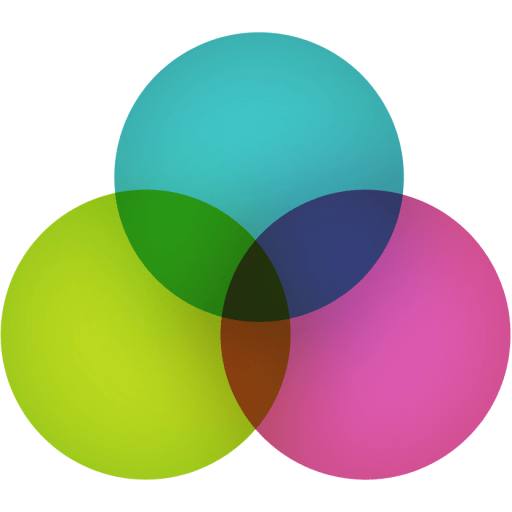





Recent Comments